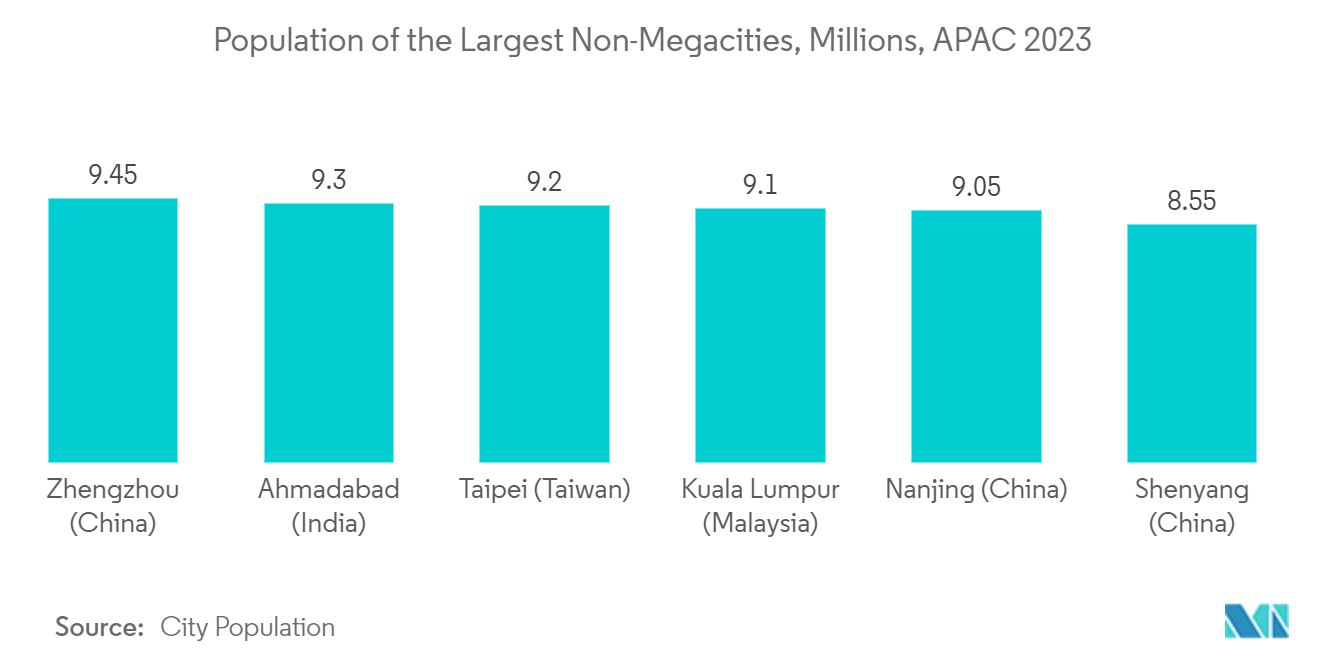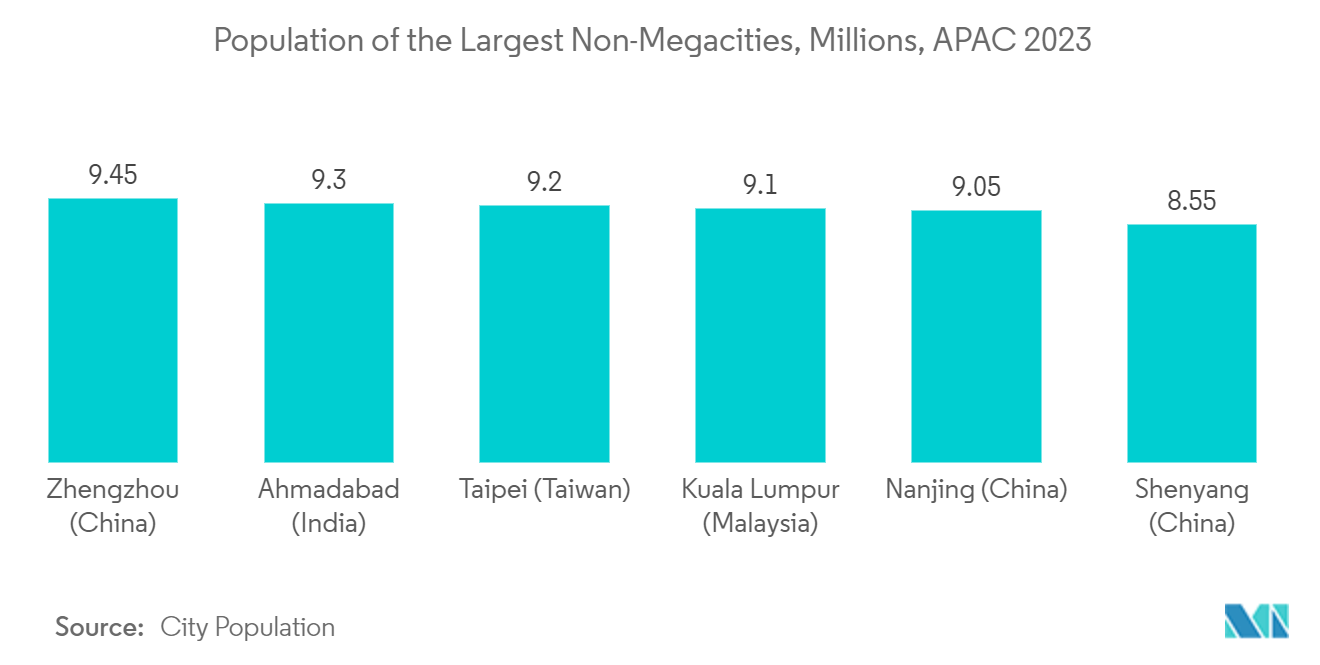Market Trends of ASEAN Geospatial Analytics Industry
Agriculture Segment is Anticipated to Witness Significant Traction
- The agricultural segment is expected to witness substantial adoption of geospatial analytics in the ASEAN countries in the coming years. Increasing support from governments to boost smart farming and precision agriculture practices, coupled with the growing demand for geospatial solutions in soil mapping, soil management, crop monitoring, and farm management, is analyzed to influence the demand for geospatial analytics in the agriculture sector.
- Moreover, Geospatial analytics demand is further expected to grow to analyze soil data to determine which crops may grow in specific locations. Additionally, adopting geospatial analytics allows more accurate mapping of geographic and geologic features of crop fields, thus enabling farmers to create more efficient farming methods and increase crop yield. Such factors are further analyzed to boost the adoption of geospatial analytics in the agriculture sector across Southeast Asian countries in the coming years.
- Additionally, the growth in precision farming and smart farming across ASEAN nations is also analyzed to drive the adoption of geospatial analytics solutions in the coming years. Many countries government's is introducing policies to boost the adoption of smart farming to boost the agriculture sector. For instance, as part of the Thailand 4.0 national policy, several measures have been implemented by the Thai Government to push the agriculture industry into an era of smart farming.
- Moreover, the agriculture sector in countries like Thailand and Malaysia is witnessing substantial growth and actively contributing to the growth in Gross Domestic Product, as there has been a significant increase in the application of smart and precision farming technologies in the region. With growing smart farming and precision agriculture in the region, geospatial analytics demand is expected to grow to survey and map plantation crops such as rice and oil palms. For instance, according to the data from OAE, in 2023, the total value of agricultural products exported from Thailand reached around 1.78 trillion Thai baht (48.46 USD Billion).

Singapore is Expected to Witness Substantial Growth
- Singapore is expected to witness substantial growth in adoption of geospatial analytics in various end-user industries ranging from healthcare, defence to government. Additionally, technological innovations in the geospatial field, coupled with the increasing initiatives and partnerships from the Singapore Land Authority in the geospatial ecosystem, are analyzed to positively influence the market's growth in the coming years.
- For instance, in March 2023, the Singapore Land Authority (SLA) signed a bilateral collaboration with the General Authority for Survey and Geospatial Information of the Kingdom of Saudi Arabia (GEOSA). Over three years, GEOSA and SLA will exchange experiences and knowledge on developing national geospatial databases, digital transformation in the geospatial industry, developing Digital Twins, and developing geospatial products and services.
- Moreover, the country's urban population growth in the past few years is further driving the demand for geospatial analytics for urban planning tasks such as site selection, examining urban growth and extension patterns, etc. For instance, according to the UNESCAP data, Singapore's urban population increased from 4265.7 thousand in 2005 to 5896.7 thousand in 2022.
- The real estate sector is also expected to witness substantial adoption of geospatial analytics in Singapore over the forecast period. Real estate companies and associations are partnering with SLA to boost the adoption of geospatial solutions in the real estate sector. For instance, in June 2022, the Singapore Land Authority (SLA) signed a Memorandum of Understanding (MOU) with the Real Estate Developers' Association of Singapore (REDAS) to promote the adoption of geospatial technology and drive geospatial innovation in the country. Under the MOU, REDAS and SLA will jointly promote awareness of geospatial technologies. Additionally, both entities will organize joint events and capability development programs to address the challenges faced by real estate and related industries.


